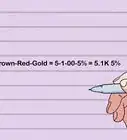X
wikiHow is a “wiki,” similar to Wikipedia, which means that many of our articles are co-written by multiple authors. To create this article, 29 people, some anonymous, worked to edit and improve it over time.
This article has been viewed 481,688 times.
Learn more...
This instruction will teach you how to make a personal desktop computer. There are some steps for you to follow. After finishing assembling all components, you will obtain the computer for yourself and you can design a system more targeted toward your own use.
Steps
-
1Prepare the Mainboard (motherboard). If you want to assemble the well-liked device, you should use Intel i3,i5,i7 Mainboard.
-
2Mount the CPU in the socket of the Mainboard. You must choose the correct CPU for your motherboard, and install it according to its instructions. Be careful not to install the CPU in wrong. Not only would your computer not work, it could short-circuit and damage your motherboard.Advertisement
-
3Connect the CPU cooler to the Mainboard.
-
4Attach the RAM(memory) modules in the corresponding slots. the motherboard should have rows of slots that have 2 or 3 sections that are different lengths. Make sure the pins on the RAM cards line up with the pins on the motherboard connector. Don't get the RAM slots mixed up with PCI slots. The PCI slots are usually wider.
-
5Open the case and mount the power supply which is M-ATX type. Make sure to connect all the connections to the drives and the motherboard.
-
6Attach the Mainboard back plate to the case and check the Mainboard mounting positions. The motherboard's instructions should tell the position of the motherboard.
-
7Suitably position the Mainboard in the case.
-
8Mount the Hard disk and connect it to the power supply and the motherboard. There should be separate connections for the power supply and the motherboard. In SATA Hard disk case, should remove the jumper.
-
9Connect the SATA connectors to the drives and the USB connectors and the case switches to the motherboard. The case and motherboard's instructions should tell where to connect the cables.
-
10Connect the 20 or 24 pin ATX connector and the 4-pin power supply control connector to the motherboard.
-
11Mount the DVD-ROM drive. After connecting the ATA cable to the device, hook it up to the power supply.
-
12Finally, select a compatible operating system, and follow the instructions to install.
Advertisement
Community Q&A
-
QuestionHow do I select and purchase the case for the motherboard?
 Community AnswerCheck the motherboard size, whether it is atx, micro atx, or mini atx, and then check whether the case you have chosen supports that size.
Community AnswerCheck the motherboard size, whether it is atx, micro atx, or mini atx, and then check whether the case you have chosen supports that size. -
QuestionWhat is thermal paste?
 Community AnswerThermal Paste is a compound used to fill the gaps and creaks between the CPU plate and the motherboard plate.
Community AnswerThermal Paste is a compound used to fill the gaps and creaks between the CPU plate and the motherboard plate. -
QuestionWhat is the maximum amount of RAM I can put into a PC?
 Community AnswerIt depends on the limits on your motherboard. Motherboards usually specify the maximum amount of RAM they can take.
Community AnswerIt depends on the limits on your motherboard. Motherboards usually specify the maximum amount of RAM they can take.
Advertisement
Warnings
- Do not turn the computer on until it is fully hooked up.⧼thumbs_response⧽
- Do not over press any component into its slot.⧼thumbs_response⧽
Advertisement
Things You'll Need
- Motherboard
- Hard disk drive (or solid state drive)
- RAM (Memory)
- CPU
- CPU cooler (optional, CPU may come with one)
- Optical drive (this is not necessary if you are able to install the OS with an USB-stick)
- Power supply
- Case
- Screwdriver
- Operating system
- Graphics card
About This Article
Advertisement


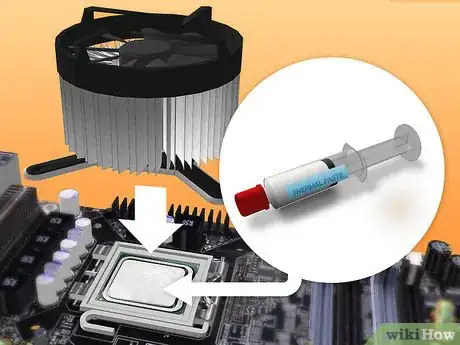
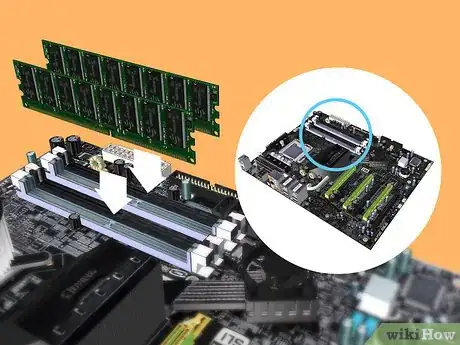


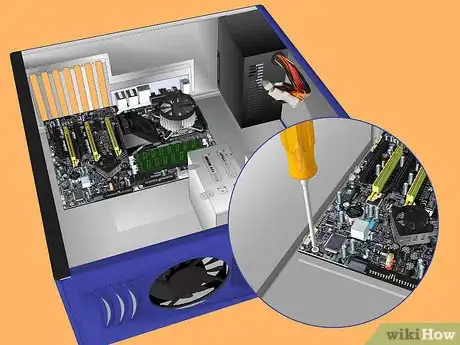

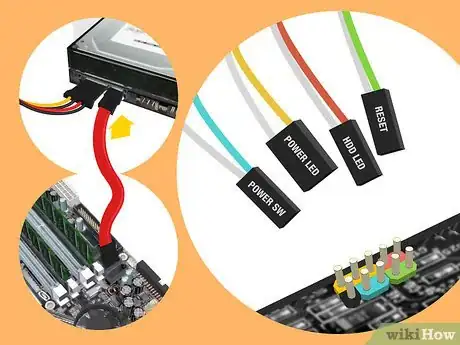
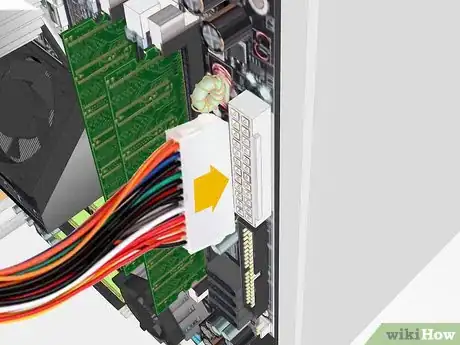


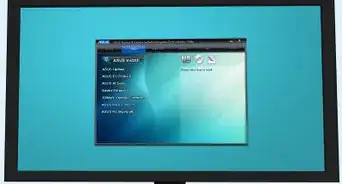

-Electric-Shock-Step-9.webp)

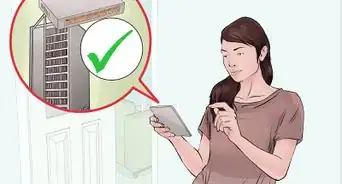
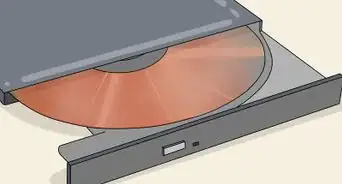
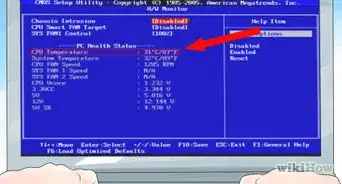
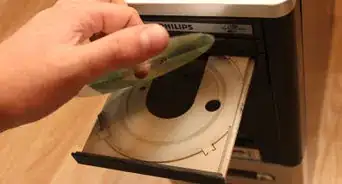
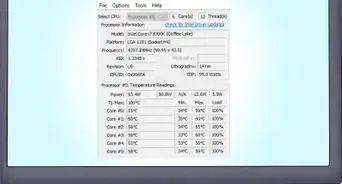

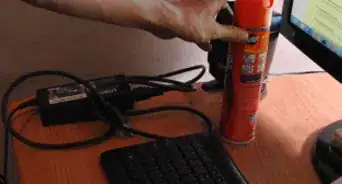
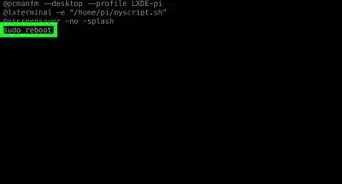
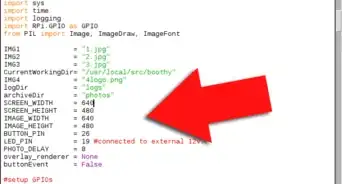
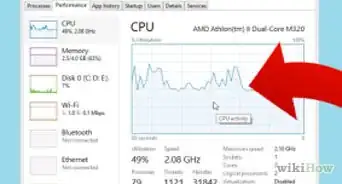







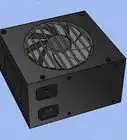
-Electric-Shock-Step-9.webp)
